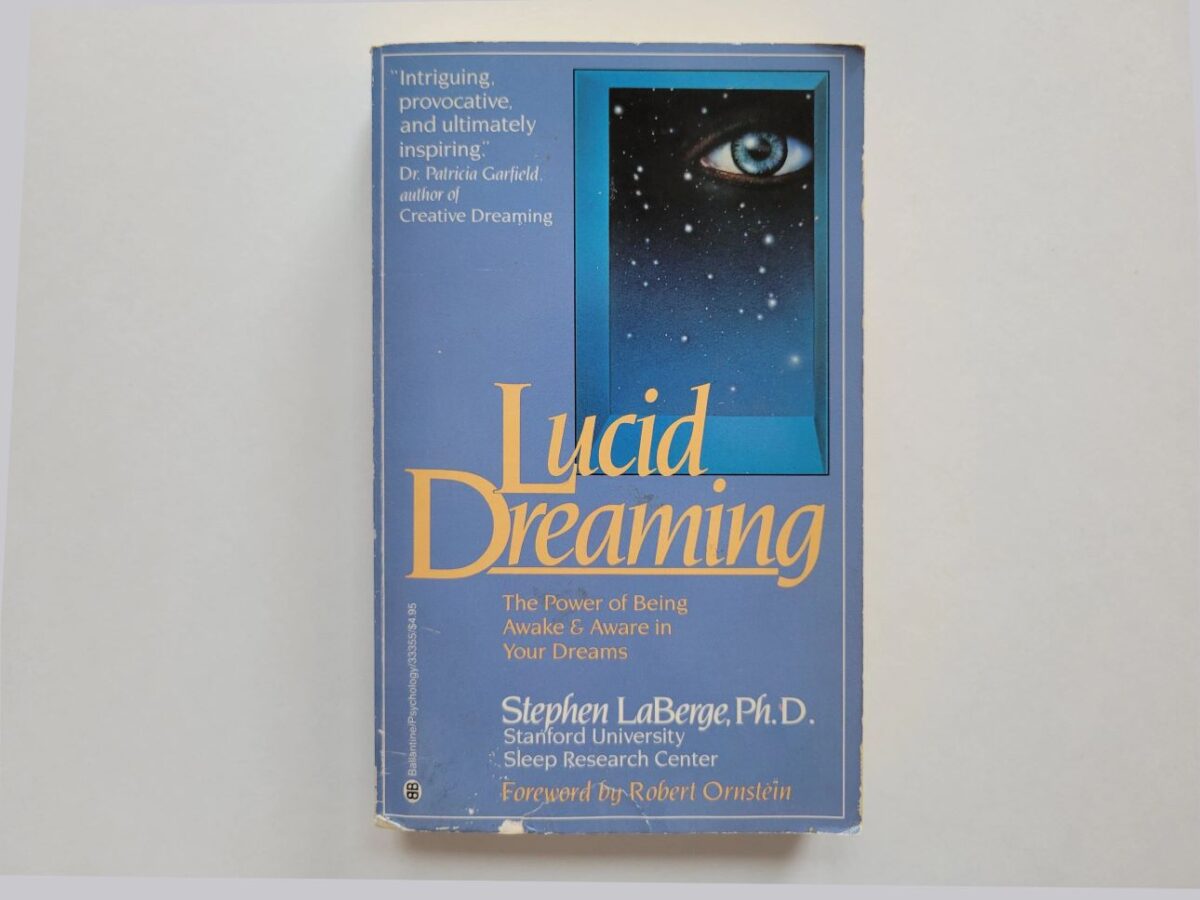This book was written with the aim of producing geographically-diverse independent instructors who work on their own to take new approaches in furthering the field of out-of-body travel and lucid dreaming. Anyone may freely use these instructions as he sees fit without any strings attached. Giving due credit to this book and citing it as a source is advisable, especially as doing so can increase confidence in the quality of your instruction. However, this remains up to the instructor and his conscious.
Even if your activities fall under those of a branch of the School of Out-of-Body Travel, this entails no actual legal or financial relationship between you and the School. Seminar instructors and organizers act independently of the School on all such matters. The School of Out-of-Body Travel is an informal association of entities interested in promoting the topics of out-of-body travel and lucid dreaming in society, as well as teaching methods that truly work. It goes without saying that there are no contracts or monetary exchanges of any kind within the association. Contracts might be signed and money exchanged for certain limited projects, but not as part of the general functioning of the group. This approach allows for the acceleration and simplification of the process of disseminating knowledge. Meanwhile, decentralization makes the system more robust and less vulnerable.
What Am I Holding in My Hands?
What you are reading is a constantly-updated guide to teaching out-of-body travel and lucid dreaming that has been honed through practical, experimental training involving thousands of people in several countries. These instructions are so finely-calibrated that results are guaranteed in no less than a quarter of attempts made by students or novices, even if the teacher himself has no experience. The result is that at least 50% of your students will have an out-of-body experience or lucid dream by day two of the lessons.
Success Rate
Using the classic three-day seminar format, you can get at least 75% of the group to have the experience of leaving the body or becoming conscious while dreaming. On bad days this figure might drop to 35 or 40%, and on good days it might reach 90% or more, depending on the number of people in the group, the type of training system, and how closely you follow the instructions. In actuality, you only need to make people perform proper attempts, and then every third, fourth, or fifth one will surely result in success. Either way, since this phenomenon is still considered by the masses to be either impossible, a fabrication, extremely difficult to learn, or one requiring many years of training and preparation, even a success rate of 35% is going to be astounding (not to speak of higher ones). When using this book, it will sometimes happen that half of the students have an experience on day two, and this is despite all the biases and incredulity of our society.
Typical Student Questions
– Can I transition to the direct method if the indirect method is not working out for me?
Such a transition would be futile 99% of the time. How can you achieve what’s difficult if you cannot achieve what’s easy? Students’ problems always lie in the mistakes they make. That’s why you should look for your mistakes first.
– When exactly can I try the direct techniques?
As soon as you are able to enter out-of-body experience using indirect techniques on a regular basis.
– Are lapses in consciousness while falling asleep “the normal way” something similar to what needs to be achieved for the free-floating state of mind?
Yes, they’re essentially the same thing. That’s why out-of-body experiences sometimes occur spontaneously while people are falling asleep.
– When coming up from a lapse in consciousness, how will I know that I’m already in out-of-body experience?
It will be obvious, which is why there is no need to think too much about it. It will be immediately apparent.
– Can I change my body position during an attempt?
Yes. As soon as you become uncomfortable, you may change your body position, scratch an itch, etc. Doing so will not make or break the attempt.
– Do I have to make an attempt in the evening if I really want to just go to sleep instead?
Attempts should be enjoyable. Don’t beat yourself up.
– Although I know it’s not recommended, may I perform direct techniques for more than 20 minutes if it won’t interfere with me falling asleep afterwards?
Yes, you may. However, success nevertheless comes much earlier most of the time. Doing direct techniques for so long is going to result in a poor time-and-energy to results ratio. This is especially true in comparison with indirect techniques.
– I fall asleep quickly, no matter what position I am in. What should I do?
In your case, you might try the direct method during the day when you aren’t sleepy. Alternatively, you might try it in uncomfortable positions like sitting in a chair, or sitting anywhere for that matter.
– Do I have to sleep for 6 hours to employ the deferred method for direct techniques?
In this case it’s less important than it is for the indirect method. However, it should be kept in mind that the portion of time spent in REM sleep (which is necessary for out-of-body experience) increases the longer you sleep. That’s why the longer you sleep before an attempt, the better your chances of immediately entering out-of-body experience.
– After several cycles (or lapses in consciousness), I always fall into deep sleep. What should I do?
Assume a more uncomfortable position and try to switch techniques more frequently. Also try to stay resolute and highly motivated.
– My extremities tremble when I come up from lapses in consciousness. Is this normal? What should I do about this?
It is normal. It’s a sign that you’re moving in the right direction with your actions. All that remains is to make the lapses even deeper. This will prevent a complete physiological awakening from occurring.









